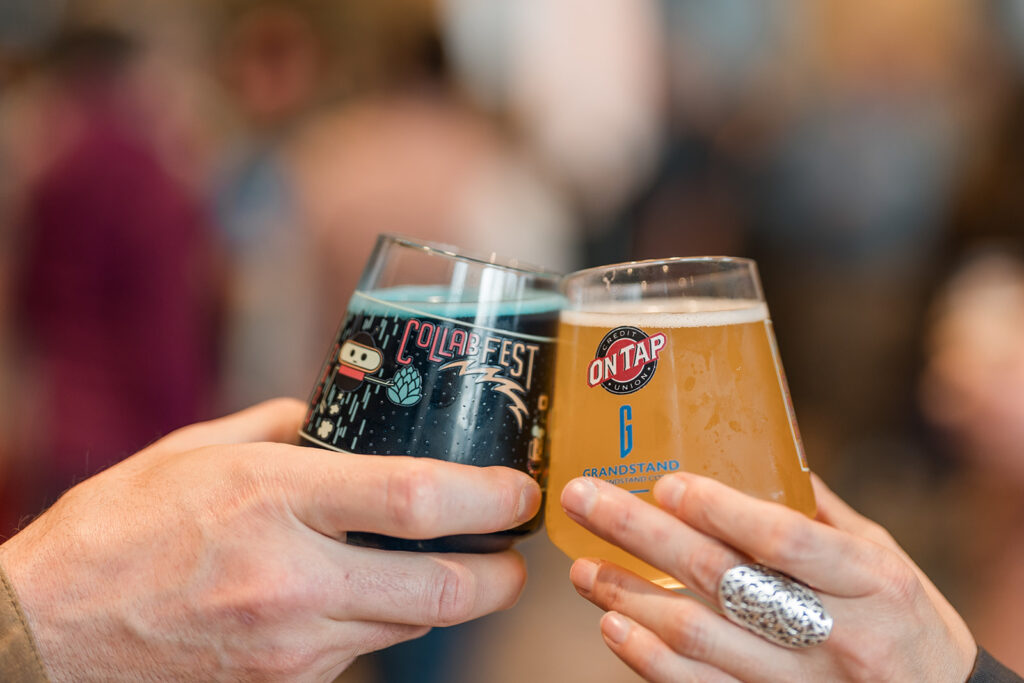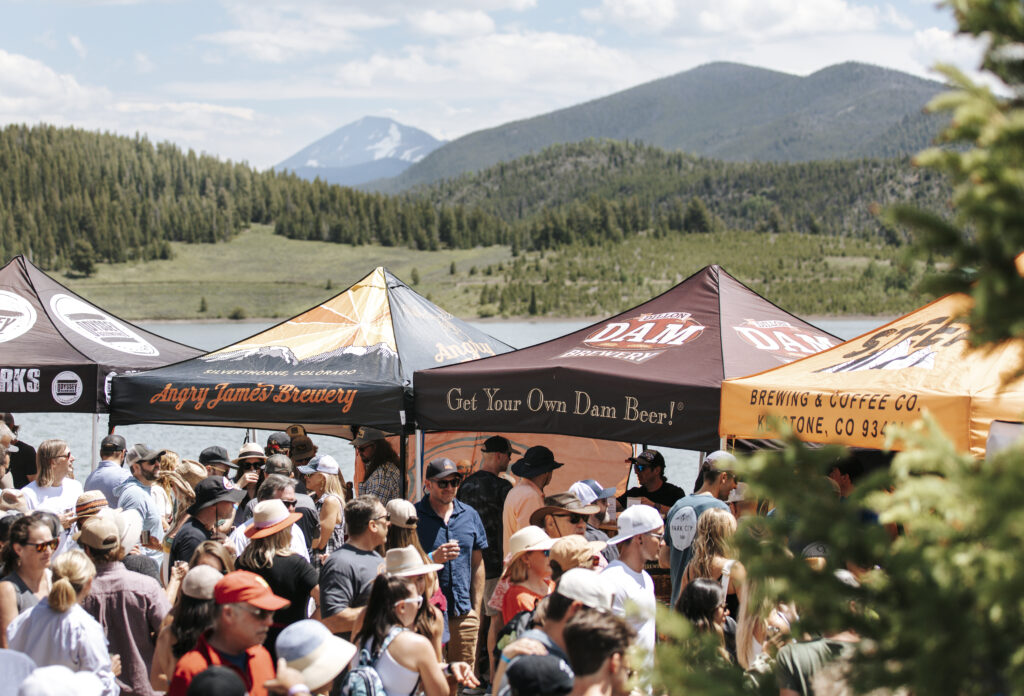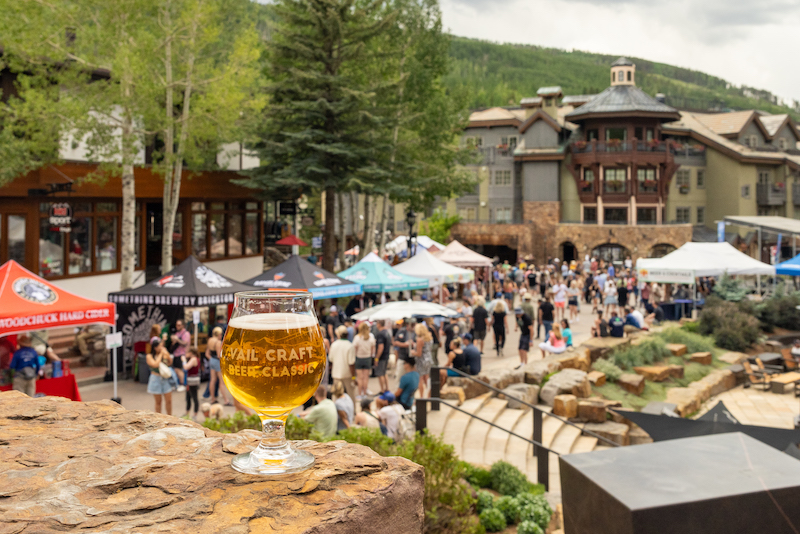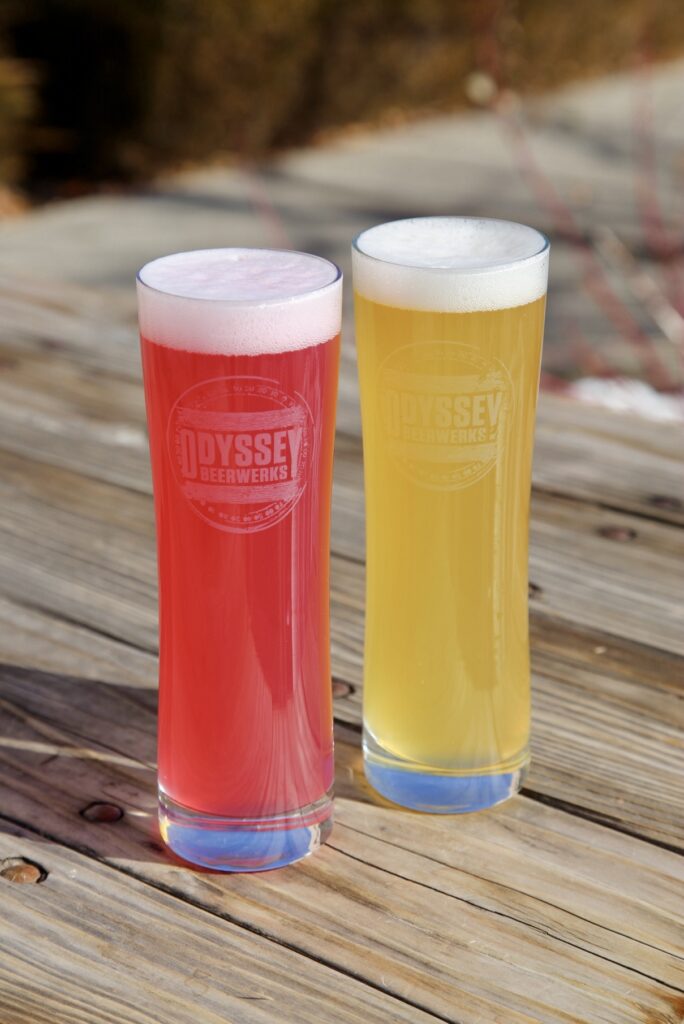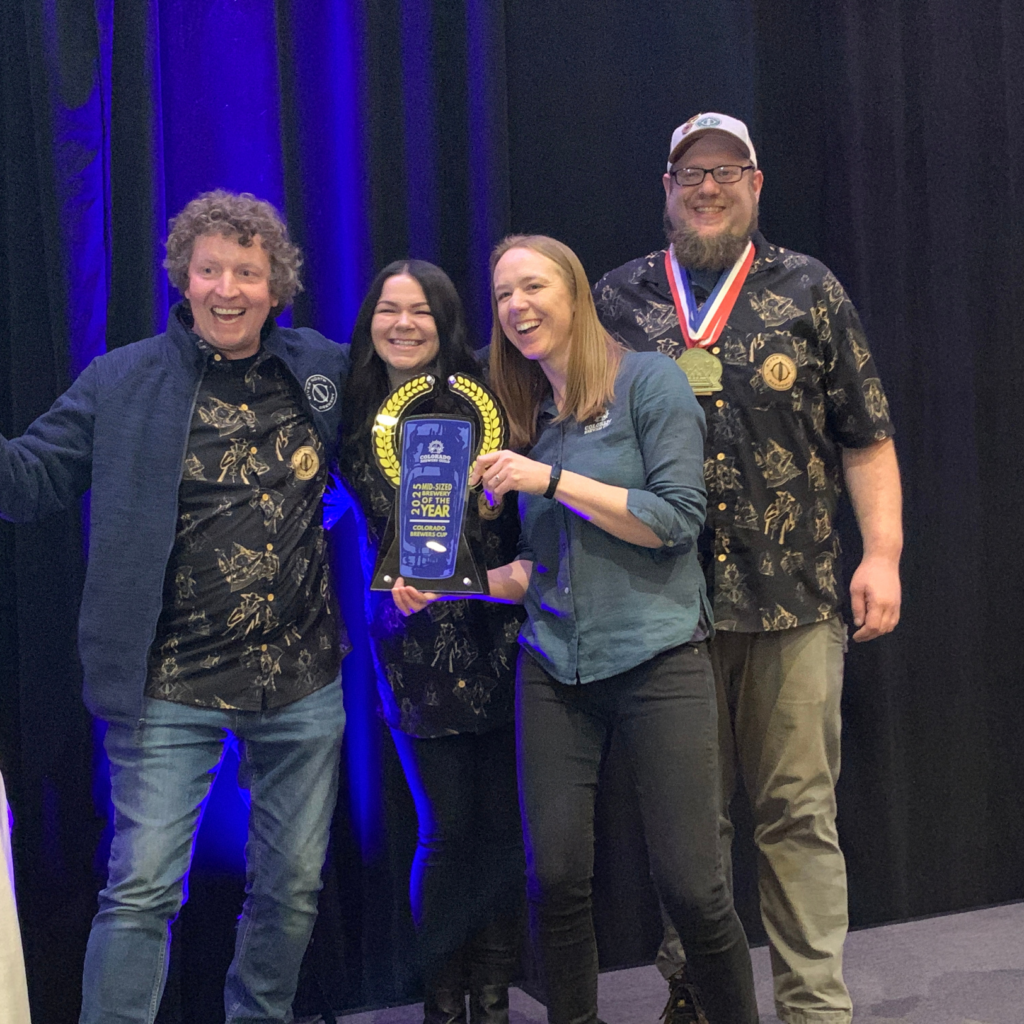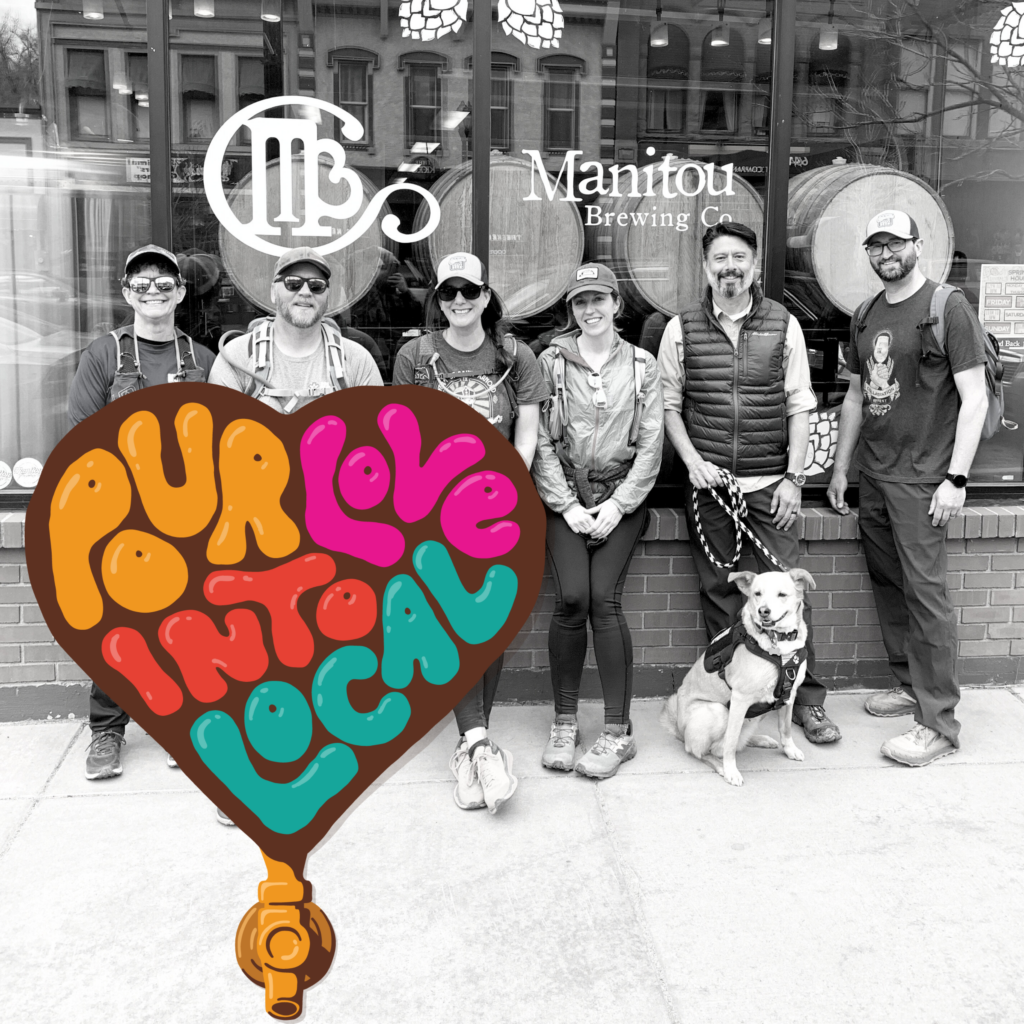A Primer on Adding a Brewing Lab on a Budget
Quality control, in brewing and other industries, is one of those things that produces dollars indirectly. This is done by increasing process visibility, reducing risk and minimizing destroyed product. When used effectively, it should help to protect a brewery’s reputation. In today’s Colorado craft beer market, your reputation is as valuable as ever.
When you decide to build a lab for your brewery, the first thing you need to do is determine how it can add the most to the bottom line. Labs in our industry range from roller tables in brewhouse corners to large designated rooms filled with rows of laminar flow hoods, instruments, and microscopes. There’s no right answer, as every brewery has different priorities, but I firmly believe that something is better than nothing. Start with what you can afford, and expand as you are able. Note that this blog post is inherently scientific. Feel free to reach out with questions.
A lab can serve many functions:
• Sensory analysis – threshold evaluation, diacetyl test, true-to-brand compliance, barrel-aging
• Yeast health – pitch rate, viability, vitality, morphology
• Microbiological contamination – isolation and identification of bacteria and wild yeast
• Instrumental analysis – DO, FAN, IBUs, diacetyl, acetaldehyde, etc via spectroscopy and/or PCR
While every brewery faces different and specific challenges (and available dollars to tackle each of these), there are several things that you can quickly put into place to maximize the quality of your beer. There are volumes of information on each of the items listed below. This is simply meant to help you organize your thoughts and quickly put some quality control measures in place. Once all or most of Tier I is up and running, move on to Tier II, and so on. Or mix and match!!
——————————————————————————————————————————————
Tier I: diacetyl test, HLP tubes, basic sensory panel, yeast counting $800
Basic sensory panel – true to brand definition and compliance, training on diacetyl, acetaldehyde, oxidation, DMS
• Cost is $135 for 12 vials of Siebel flavor attributes for training…use these to train and sign off colleagues so that you know who your super tasters (sub 1x-2x threshold) are for each flavor attribute
• For most breweries, sensory should gate product release…don’t get lost in lab la-la-land by solely relying on a bunch of micro and instrumental data…you should understand how the lab data will affect sensory and perhaps shelf-life
Diacetyl rest and test – recommended prior to crashing fermenter temperature for both ales and lagers…also an ideal time to check for acetaldehyde and other fermentation byproducts…great to do in the morning before your first cup of coffee
• This is a simple, and highly effective way to check that your yeast is given the chance to clean up VDKs and precursors (diacetyl and 2,3-pentanedione)
• Once the fermentation is ~70% complete, simply bump the temperature 5-10oF to assist the yeast while they’re still active
• When active fermentation subsides, perform a side-by-side sensory comparison, preferably blind, of a control and a sample that has been heated and cooled (to convert the precursor chemicals into the offending VDKs). Check for the usual diacetyl smell, taste, mouthfeel attributes
• Cost is <$50 for a small cooler, a few small Erlenmeyer flasks, and some aluminum foil to cover the flasks and keep volatile VDKs trapped inside
HLP tubes – an easy way to check for lactobacillus and pediococcus contamination…samples pulled post-HX during knock-out, from the fermenter after pitch, once the beer crashes out, from the BBT, and from package
• Cost is ~$120/1000 tubes + $195/500g of media = ~$0.35/sample = $315 for ~875 samples
• Requires an incubator to maintain samples at ~28oC for at least 4 days (this can be as simple as a cooler or dorm fridge retrofitted with a heating lamp and a Ranko thermistor)…cost ~$100
See reference (5) for more information
• You’ll need sterile test tubes and a heated stir plate to prepare HLP tubes
• FastOrange also offers a few media that let you easily check for contamination
NOTE: Before putting any contamination control practices in place, make sure that you brush up on aseptic sampling techniques. Also, be sure to use control samples to check your sampling and inoculation technique, and reduce false readings.
Yeast counting – easily done by the brewer from the brink or fermenter…all you need is a microscope, a hemocytometer, a few drops of stain, and some water to dilute your sample…the math to account for dilution is probably the hardest part of this exercise
• Cost is $100 for a microscope + $75 for a hemocytometer and some cover slips + $15 for crystal violet or methylene blue stain
• Crystal violet stain attaches to live yeast cells, but does not adhere well to dead cells
• Methylene blue stains dead yeast cells, but is metabolized to appear clear by live cells
• Track the viability by comparing stained cells to unstained cells across yeast generations
• Ensure your lager yeast isn’t invading your ale yeast by studying cell shape / morphology
——————————————————————————————————————————————
Tier II: bacteria and wild yeast plating, intermediate sensory panel $1,500
Intermediate sensory panel – add evaluation and 3x threshold sign-off of Tier I attributes plus several more (lactic acid, acetic acid, butyric acid, isovaleric acid, mercaptan)
Micro plating – more detailed attention to aseptic technique is required to prepare and inoculate various media for growing bacteria and wild yeast both aerobically (in the presence of oxygen) and anaerobically (in the absence of oxygen)
• Brewer’s yeast plating on WLN for yeast morphology analysis (sacch ale vs lager vs other)
• Bacteria plating on WLD (brett, candida, some sacch wild yeast, lactobacillus, acetobacter)
• Wild yeast plating on LCSM or LWYM to test for non-sacch yeast as well as some weizen and saison (i.e. diastaticus) yeasts (LYWM can be very messy to prepare, so watch out for boil-overs)
• Catalase test, oxidase test, acid test, gram staining to help identify any colony growth
• These techniques help to see if the colony might be a spoiler…see page 8 of reference (1) as well as reference (4) for more information
• You’ll need 3% hydrogen peroxide, crystal violet, methylene blue, iodine, safranin reagents for colony identification
• Additional supplies are as follows:
• Laminar flow hood to create a sterile environment (not too difficult to make yourself)
• Sterile plates, inoculating loop, sterile pipettes, torch or Bunsen burner
• Heated stir plate to mix growth media and autoclavable sample jars for sterile collection
• Autoclave or pressure-cooker (15 minutes at 15psi to sterilize)
• Growth media (WLD and LCSM
•WLN & WLD are $110/500g
• LCSM is $200/500g
• Other reagents are required (cycloheximide, Tween, agar, CuSO4)
• Anaerobic storage box and catalyst packs if performing anaerobic growth
• Incubator to maintain a healthy temperature for growth (~80oF)…easy to make out of a dorm fridge, a heating pad or light bulb, and a Ranko temp controller
Barrel sensory panel and tracking – add sensory evaluation of THP, acetone, vanillin, tannin…measure pH and titratable acidity of each sour beer barrel monthly or quarterly. Titratable acidity measurement requires lab glassware, a pH meter and 0.1N NaOH for a potentiometric titration. See references (2) and (3) for more information.
——————————————————————————————————————————————
Tier III: advanced sensory panel, instrumental analysis (VDKs, IBUs, FAN) $10,000+
Advanced sensory panel – possible format change to incorporate enough data for statistical analysis…add evaluation and sign-off of ethyl acetate, ethyl hexanoate, caprylic acid, indole, others
Filtering for micro plating – increase the sample size of wort/beer to increase your sensitivity to contamination
• You’re essentially running a controlled volume (100mL or so) of sample through a sterile filter, and then placing the filter on the growth media…this allows you to estimate contamination density in your fermenter, etc…
•Requires filtration stand, sterile filter paper, a vacuum pump, and other materials
Spectrophotometric analysis of VDKs, IBUs, FAN, etc… – Many options out there for the instrument, but Thermo Scientific offers options in the $5,000-$7,000 range.
• VDKs – spectrophotometric analysis of diacetyl pre-cursors measured by absorbance at 530nm…can also be used to confirm diacetyl test…requires additional distillation labware
• IBUs – spectrophotometric analysis of emulsified hop oils in the wort measured by absorbance at 275nm
• FAN – spectrophotometric analysis of free amino nitrogen measured by absorbance at 570nm
PCR analysis of contaminants
• Many options out there, but one of the more affordable ones is from brewPal (~$10,000 for the instrument plus ~$20 per sample in consumables)
——————————————————————————————————————————————
NOTE: There are several ways to solve most problems. The information above is from my experience, a fair bit of research, and conversations that I have had with various colleagues from the Colorado brewing industry. If you know of a more accurate or more efficient way to describe anything above (or if I’m just plain wrong about something), please submit it to the Comment / Feedback Form on the CBG’s Best Practices page (https://goo.gl/forms/lZqIJ09H7zSIEYqi1).
References:
- http://www.brewingscience.com/PDF/BSI_brewers_lab_handbook.pdf
- http://www.craftbrewersconference.com/wp-content/uploads/2015_presentations/W1320_Kara_Taylor.pdf
- https://barrelbuilders.com/wp-content/uploads/2014/07/Bourbon-Barrel-Aging-Optimization.pdf
- https://www.mbaa.com/districts/EasternCanada/events/Documents/2012-11-21Goineau.pdf
- http://www.terifahrendorf.com/Lab-Manual.pdf
- http://www.alcbevtesting.com/wp-content/uploads/2009/05/Spedding-CBC-Talk.pdf
Post written by Cy Bevenger of Grimm Brothers Brewhouse in Loveland, CO
